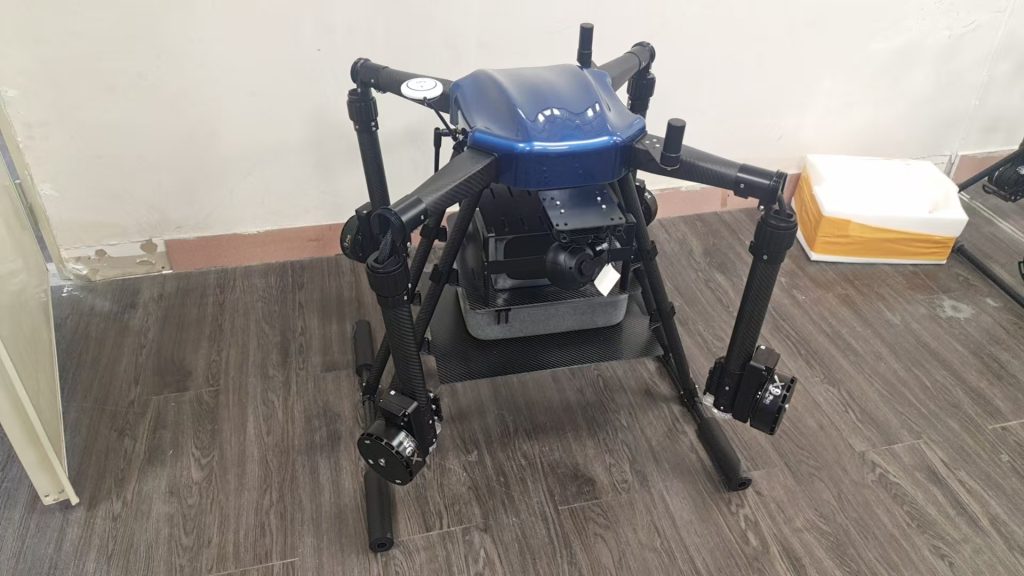
Wings Over the Riviera: How Chinese Agri-Drones Are Tending Monaco’s Hidden Farms
Monaco, the sun-drenched principality clinging to the French Riviera, is a land where luxury yachts and casino lights often overshadow its quieter agricultural soul. Yet amid the glitz, a handful of family-run farms—most no larger than 2 hectares—persist, tending to Monégasque grapes that flavor local wines, fragrant herbs for Michelin-starred kitchens, and vibrant flowers that decorate the Prince’s Palace. These farms, rooted in centuries of tradition, now face a modern crossroads: an aging farmer base (over 60% are over 65), a shrinking workforce as young Monégasques pursue city careers, and climate change sharpening its bite—hotter summers stressing vines, winter floods threatening terraced plots. It’s here, between the Mediterranean’s blue and the Alps’ white, that an unassuming tool is taking flight: agricultural drones imported from China, now gliding over Monaco’s micro-fields to prove that even the most exclusive corners of the world can nurture tradition with innovation.
Monaco’s Farms: Small Plots, Grand Challenges
Monaco’s agriculture defies its size. In the east, near La Turbie, farmers coax Monégasque rouge grapes from steep, sun-baked slopes; in the west, Fontvieille’s market gardens grow heirloom tomatoes and basil for the city’s finest restaurants. Yet for all its charm, farming here is a daily act of precision.
“My family has tended this 1.5-hectare vineyard in La Turbie since 1925,” says Henri, a 68-year-old vigneron. “Today, it’s just me and my granddaughter, Léonie. Hand-spraying fungicides on these terraces? It takes two days—by then, mildew has already crept in. And last summer’s heatwave? It cooked 30% of my grapes. Young folks? They’re off to Monaco or Nice. Who will keep these vines alive if we can’t adapt?”
Climate change has sharpened these strains. Summers now bring 35°C+ heat that wilts grapes, while winter rains turn narrow chemins (farm paths) into mudslides. EU sustainability rules demand sharper cuts in pesticide use—down 40% by 2030—while high-end clients increasingly demand “zero-residue” produce. “We’re being asked to farm like monks, with tools from the 20th century,” adds Élodie, who runs a flower farm in Cap d’Ail. “My hands are full just keeping 500 roses healthy. A single aphid outbreak can ruin a week’s work.”
Drones Crafted for the Riviera’s Charm and Constraints
When we first explored exporting to Monaco, we didn’t just send drones built for open plains. We studied the principality: its cliffside vineyards, narrow stone steps, and the quiet pride of its farmers in doing things “the Monégasque way.” What emerged was a machine built not just for Monaco’s climate, but for its culture of savoir-vivre (knowing how to live) and reverence for the land.
Compact and cliff-ready: Weighing just 9 kilograms, our drones fold into sleek, water-resistant cases, easy to carry up La Turbie’s steep sentiers (trails) or through Fontvieille’s cobblestone farmsteads. Their carbon-fiber frames withstand salt spray from the Mediterranean and vibrations from narrow stone steps—critical in a place where farms double as family homes. “In the past, my old sprayer got stuck on steps weekly,” Henri laughs. “This drone? It launches in seconds, even after a morning mist. It doesn’t slip—or sigh.”
Precision for micro-parcels: Multispectral sensors map crop health at the leaf level, flagging early signs of drought or pest damage. For Élodie’s flower farm, this meant spotting aphid colonies before they swarmed—saving 25% of her roses last spring. “The drone shows me exactly which blooms need treatment,” she explains. “I spray just those. My clients now request ‘drone-tended’ roses—their petals are cleaner, and they fetch 20% more.”
Simple enough for your grandparent, elegant enough for your garden: Many Monégasque farmers are tech-curious but value tradition. We designed a French-Monégasque bilingual app with one-touch “health scan” modes and paired it with workshops led by local agronomists in village caves (cellars), over barbajuans (spiced sausages) and pastis (anise liqueur). “I thought drones were for tech bros,” admits Léonie, Henri’s granddaughter, now a vineyard assistant. “But after the training? I flew one myself. It’s like using a high-end camera—intuitive, and it makes me feel like I’m carrying on our legacy with the future. Now I’m teaching my granddad how to read the maps. It’s bringing us closer.”
More Than Machines: Trust in the Heart of Luxury
In Monaco, trust is earned over barbajuans and pastis and tales of the Grimaldi dynasty. We didn’t just drop off drones; we set up a service hub in Monte Carlo and partnered with the Monégasque Farmers’ Association to host “drone déjeuners,” where farmers shared tips and toasted small wins. “Monégasque farmers are proud,” says Bernard, the association’s rep. “They need to see results, not brochures. But once they do? They become our most elegant advocates.”
That trust deepened when we adapted to their reality. During last year’s record heatwave, we rushed heat-resistant battery covers free of charge. When Henri struggled to map narrow, terraced vineyards, our engineers reprogrammed the drone’s flight path to hug slopes—avoiding crashes into ancient stone walls. “You didn’t just sell us a tool,” Élodie says. “You stayed when the sun blazed. That’s monégasque hospitality.”
Today, drones are quietly elevating Monaco’s farming:
-
Vineyards (La Turbie): Henri now monitors his crop weekly, cutting chemical use by 38% and reducing runoff into the Mediterranean. “My grapes taste the same, but my granddaughter’s staying. She sees a future here—with drones.”
-
Flower Farms (Cap d’Ail): Élodie’s “drone-tended” roses now supply luxury hotels in Nice. “Buyers pay a premium for sustainability. The drone is our silent partner.”
-
Herb Gardens (Fontvieille): Farmer Antoine uses drones to track basil health, optimizing irrigation. “Better herbs mean better sauces. My tapenade now wins prizes at the Monaco Food Festival—and chefs ask about our drones.”
A Partnership Rooted in Refined Respect
What began as a business venture has become a collaboration. Monégasque farmers teach us about their land: how drones handle the Riviera’s salty sea breezes, which crops (like Monégasque thyme) need gentler spray settings, even which local phrases make training stick (“Volé, dron!”—“Fly, drone!”—is now our workshop toast). In return, we’re refining our drones: smaller tanks for La Turbie’s compact vineyards, quieter motors to avoid spooking vineyard songbirds, even solar panels to extend flight time in long summer days.
As Monaco aims to boost organic farming by 20% by 2030, drones offer more than efficiency—they offer hope. They let young farmers like Léonie see a future where technology and tradition coexist. They let elders like Henri pass down their love of the land without burning out. And they let this sunlit principality prove that even in a world of mega-yachts, small plots can thrive with the right tools.
So when you next see a drone gliding over Monaco’s vineyards or flower fields, know this: it’s not just flying. It’s carrying the dreams of a community, the lessons of a factory halfway across the world, and the quiet belief that the most exclusive traditions deserve the kindest, most elegant innovations.
After all, in a place where the soil is steeped in history, progress should feel like coming home—refined, resilient, and ready to bloom.
THE END

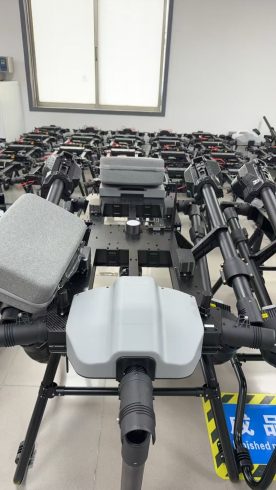
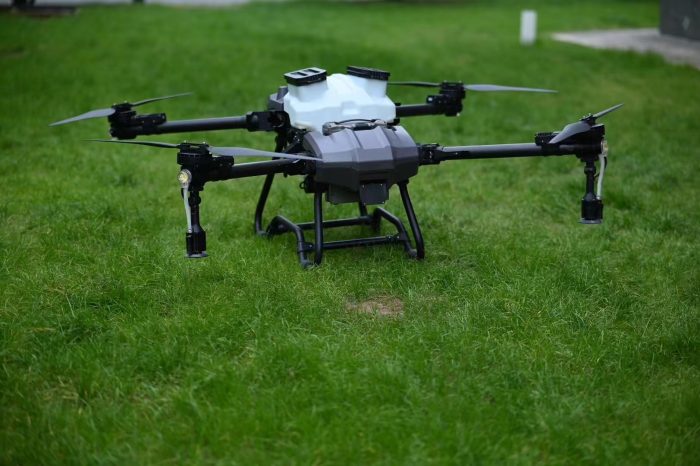
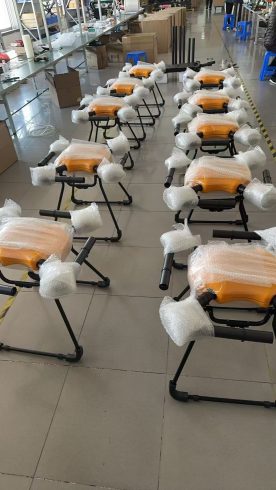
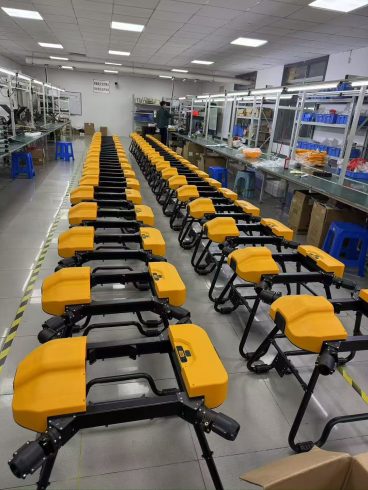


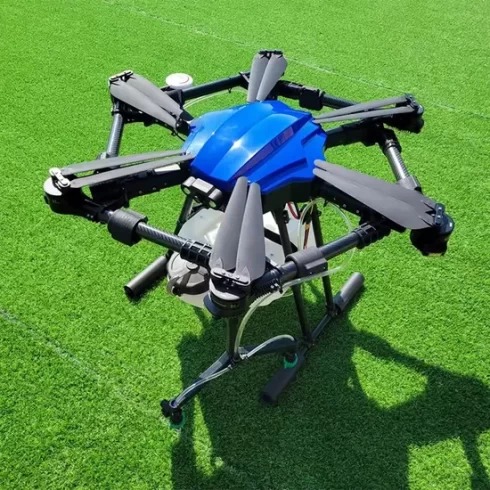


暂无评论内容